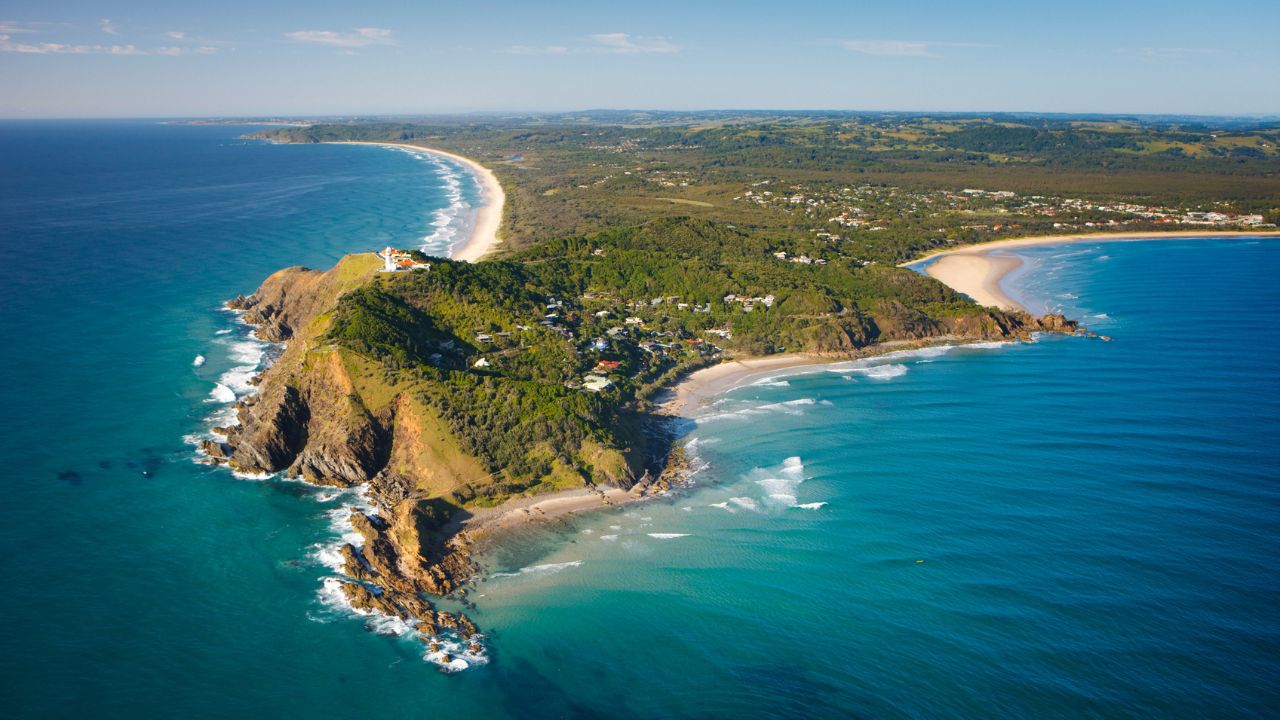According to the 2025 Ray White Regional Report, these destinations, characterised by scenic beauty, recreational opportunities, and enhanced quality of life, have seen significant growth patterns that vary by location and price point.
NSW and Victoria dominate the lifestyle market landscape due to their proximity to major cities, though affordability is now reshaping buyer behaviour within these states.
“The pandemic boosted all lifestyle markets, with growth ranging from 30 per cent to 65 per cent from 2020-2022,” Atom Go Tian, Ray White Group Senior Data Analyst said.
In NSW, the most expensive areas are experiencing a slowdown after strong pre-pandemic performance. Bangalow near Byron Bay, which led with 28 per cent growth between 2015-2019, now shows the weakest post-pandemic performance at just 4.6 per cent.
Meanwhile, more affordable NSW regions like the Central Coast, Blue Mountains, Port Macquarie, Coffs Harbour, and Hunter Valley are gaining momentum as buyers seek value alternatives.
Victoria shows similar patterns with premium coastal markets like Lorne, Mornington Peninsula, and Otway slowing to 0-4 per cent growth. The Grampians, Victoria’s most affordable lifestyle market, now leads growth after minimal pre-pandemic performance.
Queensland’s market follows a clear trajectory where established premium destinations are moderating while emerging areas accelerate. The Gold Coast ($1.29M) and Sunshine Coast ($1.22M) have settled to 22-26 per cent post-pandemic growth after explosive pandemic gains of 57-58 per cent.
Emerging Queensland destinations like Airlie-Whitsundays and Mission Beach show exceptional post-pandemic growth of 37-39 per cent at more accessible price points of $857,000 and $523,000 respectively.
Western Australia tells a unique story tied to resource sector performance. Unlike eastern states, WA lifestyle destinations actually declined between 2015-2019 during the mining downturn, with Augusta-Margaret River-Busselton down 4.3 per cent.
The pandemic reversed this trend dramatically, with all WA lifestyle markets surging 30-39 per cent during COVID and accelerating further post-pandemic. Albany now shows the strongest recent performance at 47.9 per cent growth between 2023 and 2025.
South Australia has emerged as a value alternative to expensive eastern markets. Victor Harbour leads both price ($759,000) and recent performance with 31 per cent post-pandemic growth, making it SA’s most popular lifestyle destination.
“SA’s lifestyle markets demonstrate how affordability drives sustained demand when combined with genuine lifestyle appeal, positioning SA as the value alternative to expensive eastern markets,” Mr Go Tian said.
The Northern Territory offers unique landscapes but faces challenges, with Alice Springs stalling at -0.1 per cent growth post-pandemic, while Katherine shows minimal 4 per cent growth.
Tasmania shows strong five-year performance but mixed recent trends. Break O’Day leads five-year growth at 60.2 per cent to reach $513,000, while Launceston ($556,000) shows the strongest current performance at 3.9 per cent growth.
The data reveals a clear national pattern: as premium lifestyle destinations reach affordability limits, buyer attention shifts to emerging areas offering similar lifestyle benefits at lower price points.
“The pandemic changed everything. All markets surged with growth between 30-39 per cent, then accelerated even further post-pandemic,” Mr Go Tian said

